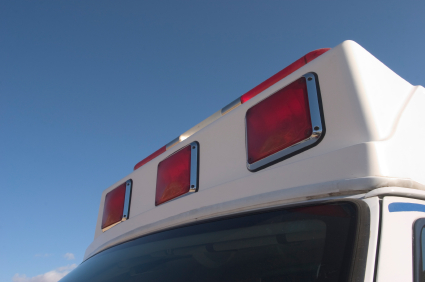Remember driving etiquette when faced with emergency vehicles

 I was driving home from the college a few days ago when an ambulance with his lights and sirens on headed in my direction from the opposite side of the four-lane road I was on. As usual, I pulled over to the right and waited for it to pass. Much of the other traffic around me, however, did not.
I was driving home from the college a few days ago when an ambulance with his lights and sirens on headed in my direction from the opposite side of the four-lane road I was on. As usual, I pulled over to the right and waited for it to pass. Much of the other traffic around me, however, did not.
It got me thinking about how dangerous it can be and is when emergency vehicles of any sort need to pass through high traffic areas.
It reminded me also of a time when my own mother didn’t know what to do when an ambulance came up behind us on the interstate.
When so many people on the highways and interstates are in a hurry and blatantly ignore the rules of the road regarding emergency vehicles, it opens the way for more accidents and slows down the emergency vehicles as they try to make it to their destination in a timely manner.
I reviewed the Oklahoma State Driver’s Manual, just as a refresher for myself of what exactly should be done if an emergency vehicle comes up on me in various situations.
I was disappointed that, despite the danger to drivers of both the emergency vehicles and other drivers on the road, as well as the risk of delay to what could be seriously injured people, there is only a very small section in the manual regarding emergency vehicles.
Here is a reminder to readers about when to yield to emergency vehicles and what actions to take in doing so:
• To emergency vehicles—Yield to police cars, fire engines, and ambulances when they are sounding a siren and/or flashing warning lights. Pull over to the right edge of the roadway, clear of intersections, and stop until the emergency vehicle has passed. In heavy traffic when you can’t pull over, clear a path for the vehicle.
• If an officer signals you to stop while you’re driving in the left lane, you must still pull over to the right shoulder, even if that means crossing several lanes of traffic.
• You don’t have to yield for emergency vehicles without warning lights or sirens.
• You must move to the left lane on a 4-lane road when there is an emergency vehicle on the right shoulder.
Hopefully, this reminder will help keep more people safe.